Why Does HF Dissolve Glass?
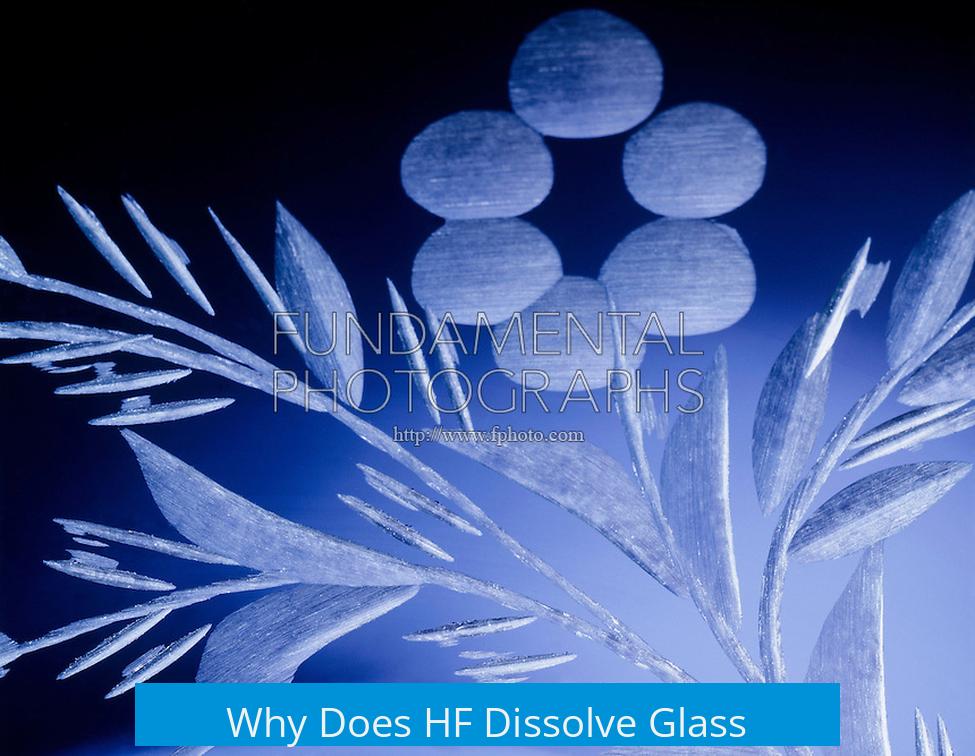
Hydrofluoric acid (HF) dissolves glass because it forms extremely strong silicon-fluorine (Si-F) bonds when reacting with silicon dioxide (SiO2), the main component of glass. This reaction results in soluble or volatile silicon fluoride compounds, enabling HF to effectively break down the glass structure.
Role of Silicon-Fluorine Bond Strength
Glass consists primarily of silicon dioxide, where silicon is bonded to oxygen atoms. When HF contacts glass, it attacks the Si-O bonds. The critical factor is the strength of the Si-F bond, which is among the strongest single bonds known in chemistry.
Because Si-F bonds are highly stable, HF replaces oxygen in silicon dioxide to form silicon fluorides like silicon tetrafluoride (SiF4) gas or hexafluorosilicate ions (H2SiF6) in aqueous solution.
Formation and Fate of Silicon Fluoride Compounds
- SiF4 is a volatile gas that escapes from the reaction site.
- In aqueous environments, SiF4 hydrolyzes to form soluble H2SiF6 ions.
- Both products expose fresh SiO2 surface, maintaining the reaction.
This cyclical removal of silicon atoms enables continued glass dissolution by HF.
Chemical Properties of Hydrofluoric Acid
Despite being classified as a weak acid (due to incomplete dissociation into H+ and F- in water), HF exhibits strong reactivity because of the fluorine ions it provides.
Fluorine’s high electronegativity and reactivity enable it to sever even very stable silicon-oxygen bonds. The resulting enthalpic gain also arises from formation of water when hydrogen ions bond with oxygen atoms from glass.
Summary Table of Key Factors
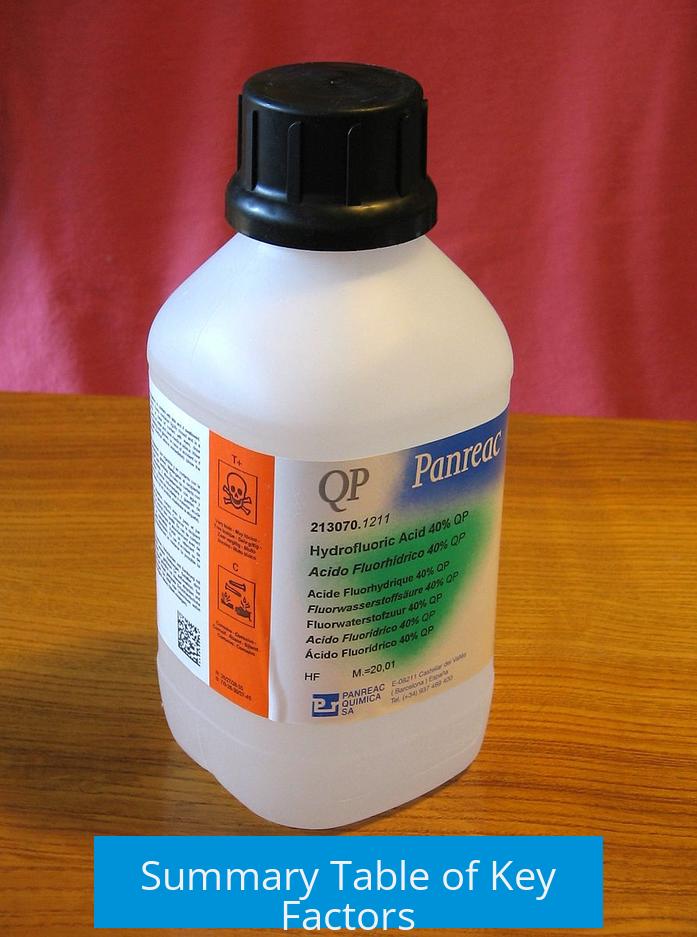
| Factor | Description |
|---|---|
| Si-F Bond Strength | One of the strongest single bonds; drives formation of stable silicon fluorides. |
| Formation of Silicon Fluorides | SiF4 gas escapes or hydrolyzes to H2SiF6; exposes fresh SiO2. |
| Fluorine Reactivity | Highly electronegative; breaks Si-O bonds effectively. |
| Enthalpy of Reaction | Formation of water provides thermodynamic driving force. |
| Acid Strength | Weak acid in dissociation but chemically aggressive due to F- ions. |
Key Takeaways
- HF dissolves glass by forming strong Si-F bonds, converting stable SiO2 into silicon fluorides.
- Volatile SiF4 gas or soluble H2SiF6 ion continuously expose fresh substrate for reaction.
- Fluorine’s electronegativity and bond strength enable cleavage of resilient silicon-oxygen bonds.
- The reaction is driven by both chemical stability of Si-F bonds and enthalpic gain from water formation.
- HF’s weakness as an acid does not reduce its capacity to attack glass due to fluorides’ unique reactivity.
Why does hydrofluoric acid (HF) dissolve glass?
HF dissolves glass because it reacts with silicon dioxide (SiO2), the main component of glass. The reaction forms strong silicon-fluorine (Si-F) bonds, breaking down the glass structure.
What property of HF allows it to attack the silicon-oxygen bonds in glass?
Fluorine’s high electronegativity and reactivity allow HF to form very stable Si-F bonds. These bonds are stronger than the silicon-oxygen bonds in glass, enabling HF to break them apart.
Why does the formation of silicon fluorides promote continuous dissolution of glass?
The reaction produces silicon tetrafluoride (SiF4), a gas, or hexafluorosilicate ions (H2SiF6) in solution. This removes reaction products and exposes fresh glass surface, allowing the reaction to keep going.
Is HF strong as an acid, and how does that relate to its ability to dissolve glass?
HF is a weak acid because it does not fully dissociate in water. Its ability to dissolve glass is due to fluorine’s chemical properties, not HF’s acid strength or proton concentration.
What role does water play when HF reacts with glass?
Water helps hydrolyze SiF4 into hexafluorosilicate ions and participates in forming water during the reaction, which provides additional enthalpic driving force.


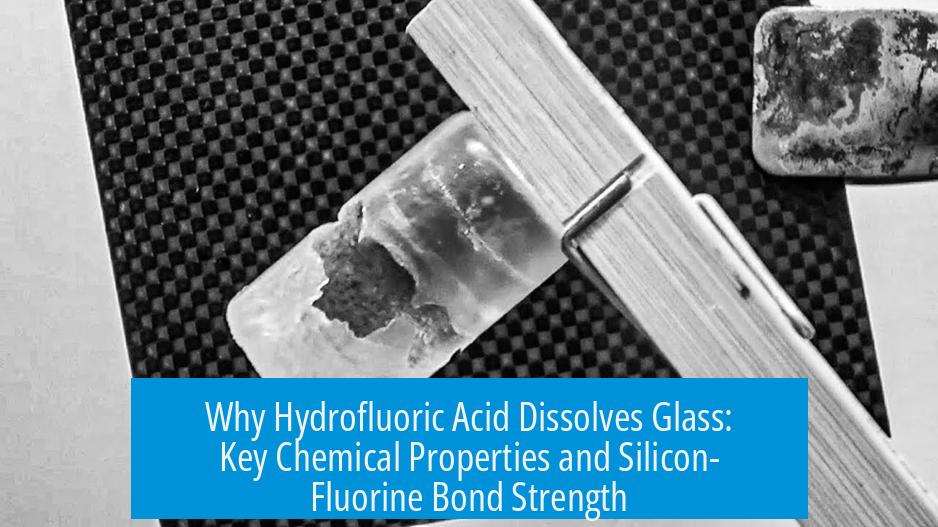
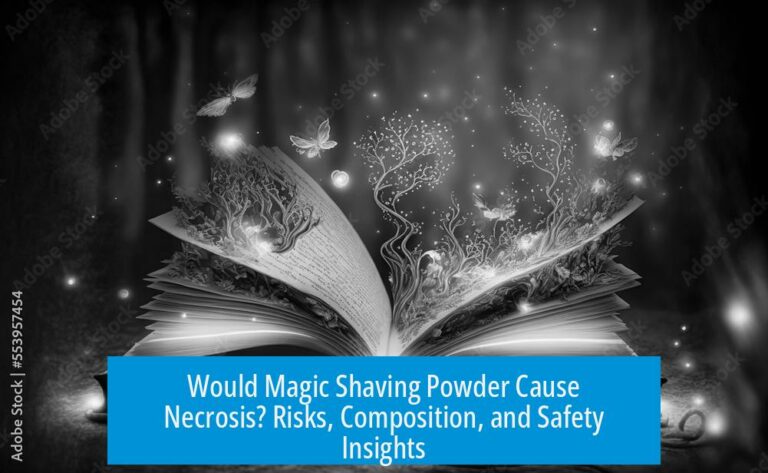
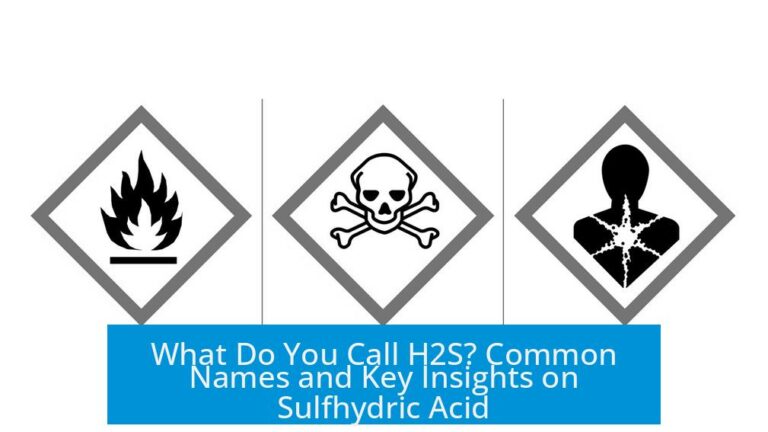
Leave a Comment